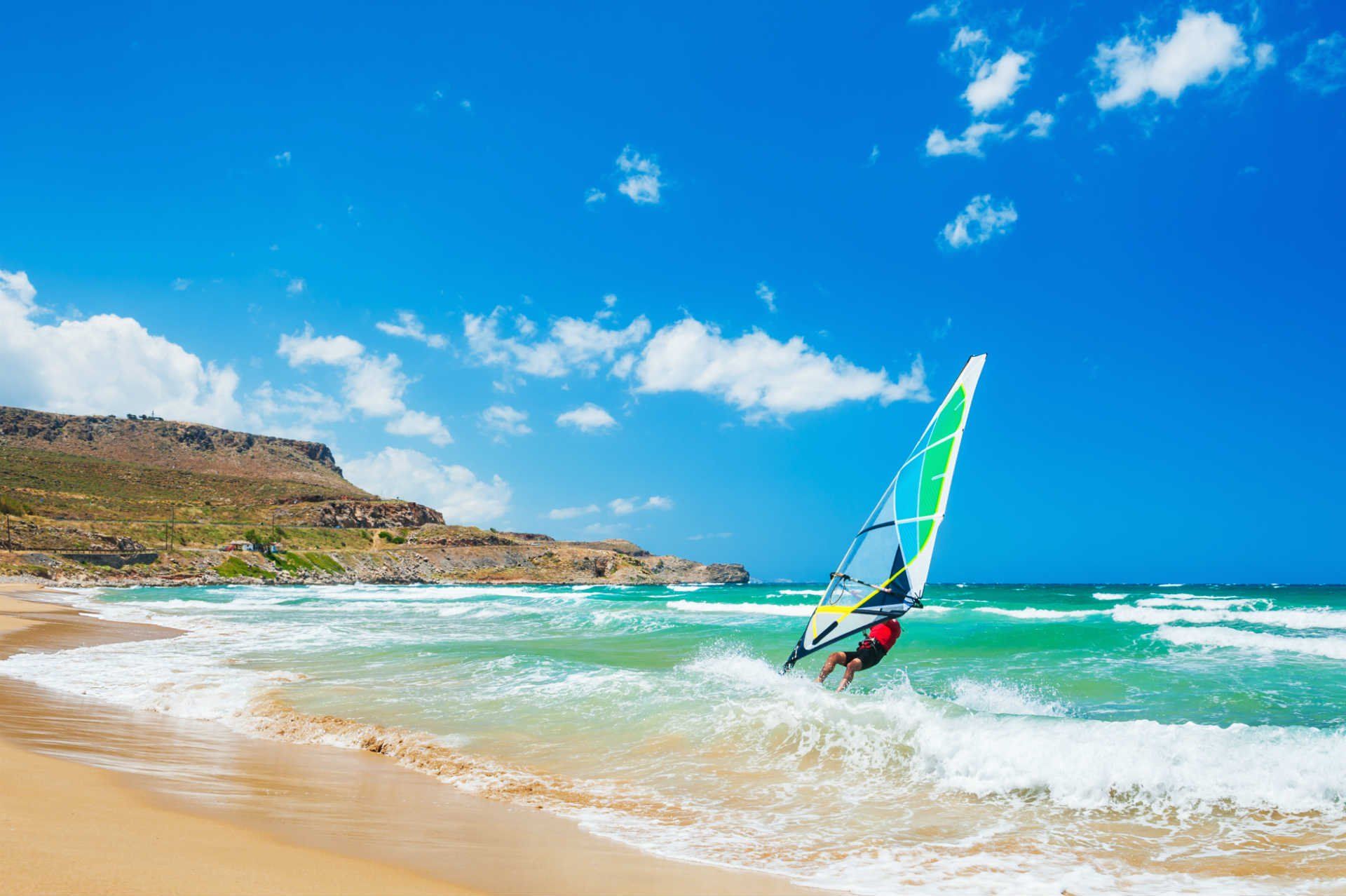8. Go party in Mykonos
Experience the most frenetic nightlife east of Ibiza at Mykonos, the party capital of the Greek summer.
Mykonos has become the most popular, the most high-profile and the most expensive of the Cyclades. Boosted by direct air links with Europe, it sees several million tourists a year pass through, producing some spectacular August overcrowding on the island’s 85 square kilometres.
The sophisticated nightlife is hectic, amply stimulated by Mýkonos’s former reputation as the gay resort of the Mediterranean, although today gay tourists are well in the minority. While everywhere on the island is at least gay-friendly, gay tourists prefer to congregate in Mýkonos Town itself or the beaches of Super Paradise and Eliá.
The locals take it all in their stride, ever conscious of the important revenue generated by their laissez-faire attitude. When they first opened up to the hippy tourists who began appearing on Mýkonos in the 1960s, they assumed their eccentric visitors were sharing cigarettes due to lack of funds.
Since then, a lot of the innocence has evaporated, and you shouldn’t come for scenery, solitude or tradition, but Mýkonos offers lovely and lively beaches and a party lifestyle second to none.
Where to stay in Mykonos
To get the best Mykonos experience, choose the right place to stay with our guide to the best places to stay in Mykonos.





















